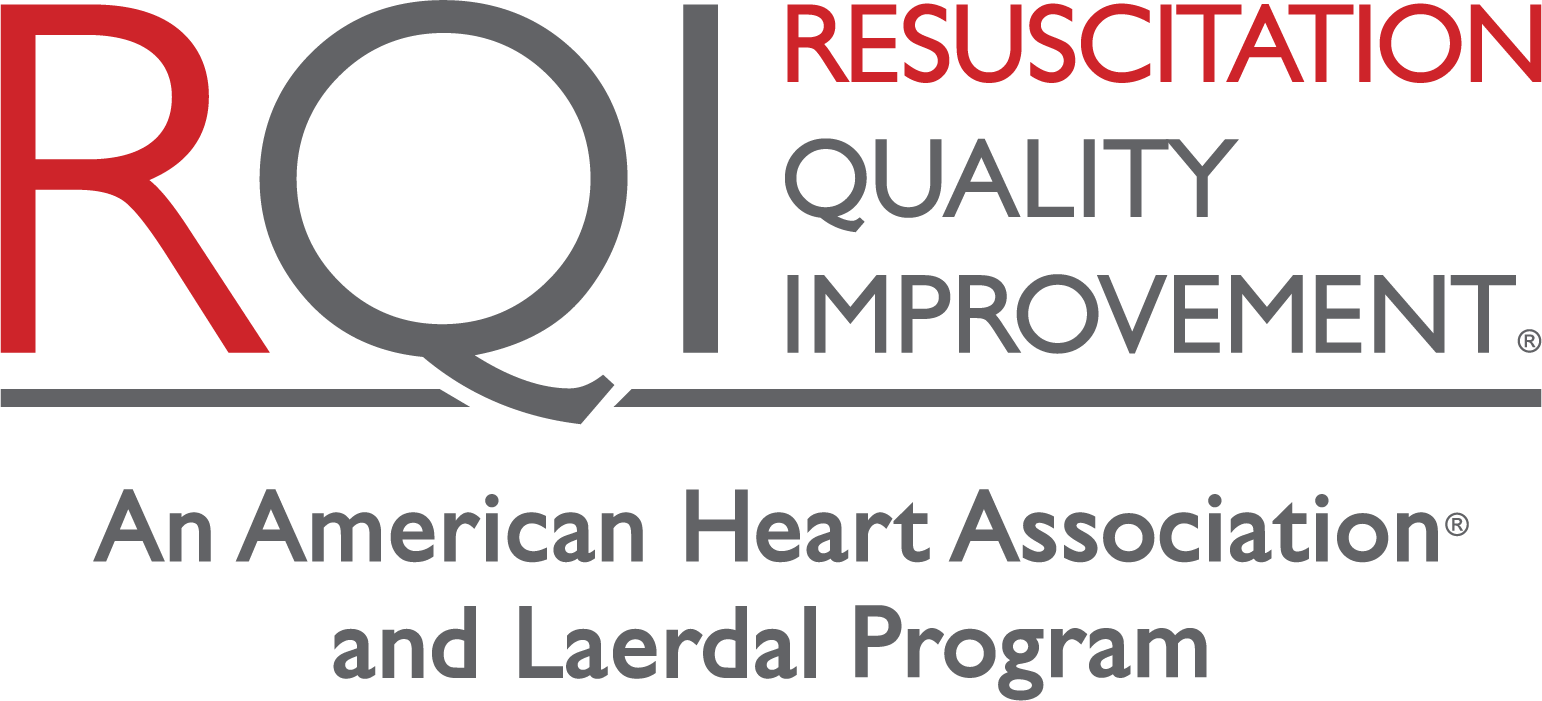Kardong-Edgren, S. et al. Nursing Education Perspectives. 2025
Importance of Conclusion
The American Heart Association recognizes the importance of utilizing a biofeedback device for CPR training to improve performance, as assessing high-quality CPR by sight-alone is difficult. Additionally, CPR training every two years does not prepare or empower health care providers to perform high-quality CPR when needed due to skills decay. Therefore, more frequent CPR training is necessary to mitigate rapid skills deterioration. This study demonstrates the lack of high-quality CPR performance among nursing students, a majority who were BLS certified, when entering RQI’s CPR training program. These findings highlight the need for more frequent training with consistent and reliable feedback that is supported by technology to increase competence and confidence.
Key Points
- 1,647 nursing students and 6 faculty from 12 schools participated in a pilot program assessing the RQI training model at nursing schools.
- Despite 90.5% of participants having received previous CPR training and 79.0% receiving their previous CPR training within the last two years, high-quality CPR performance and confidence were not observed in a majority of participants.
- In the baseline assessment prior to receiving any RQI CPR training or live feedback from the simulation station, 55% of participants could not perform high-quality adult compressions or ventilation, 69% could not perform high-quality infant compressions, and 67% could not perform high-quality infant ventilation.
- At baseline, 44.4% of participants were confident in their ability to perform high-quality CPR on an adult or child and 32.9% were confident performing high-quality CPR on an infant.
- These results support the need for low dose, high frequency CPR education with real-time audio/visual feedback, such as the RQI program, at nursing schools.
Read the article (fee applies)
